You don’t need:
apns-collapse-idNotificationContentExtension
Never in the docs it's mentioned that way that you need them. It's just that they are related.
Solution:
For me it worked out of the box. It's just the iOS doesn't immediately render notifications into groups.
- Send Notifications with
thread-ids
- Then Wait. Let your iPhone/iPad lock screen turn off. (Mine was locked).
- Then send another message
- If that doesn't work then just be patient a bit and try again.
Then all of the sudden it starts to group and work as expected!!!
For the stacking to happen you need a few notifications. If there is too much space, more likely on an iPad then it will need more to start stacking them. Also make sure you've correctly set your notification grouping setting to 'Automatic'

Other usage of thread-id:
Usage of thread-id has another purpose that is best explained within messaging apps. Think of iMessage.

- You get a message from your friend.
- You Long press the notification.
- It will open a pop where you can chat from within the contentExtension
- If your friend sends more messages, then your content-extension's
didReceiveNotification will keep getting called. It gets
called so you can update the conversation.
This method may be called multiple times while your view controller is
visible. Specifically, it is called again when a new notification
arrives whose threadIdentifier value matches the thread identifier of
the notification already being displayed. The method is called on the
main thread of your notification content app extension.
reference to didReceive(_:) docs
For more on this see this answer
Summary
There are two distinct use cases for thread-id:
- Grouping notifications
- Getting continuous callbacks to your contentExtension for a single
thread-id
What is apns-collapse-id?
Used if you've sent a notification and it somewhat needs correction/update. Example you're WashingtonPost and someone has just won the presidency.
You first send a notification with just a title of 'Albert Bori has won 2020 election!!' with a body of: This message will be updated shortly...
Then 3 minutes later, you get more information that he won the elections by winning in 40 states and losing in 10. So you update the body. Then you get more information of exact number of votes. So you update the body again. I believe can constantly update the message without alerting (no sound, nor new banner. It would just get updated in the notification center) the user it was updated.
Only if the user has already dismissed/viewed the notification then a notification with the same apns-collapse-id will alert/notify the user. It's not for grouping it's for coalescing!


